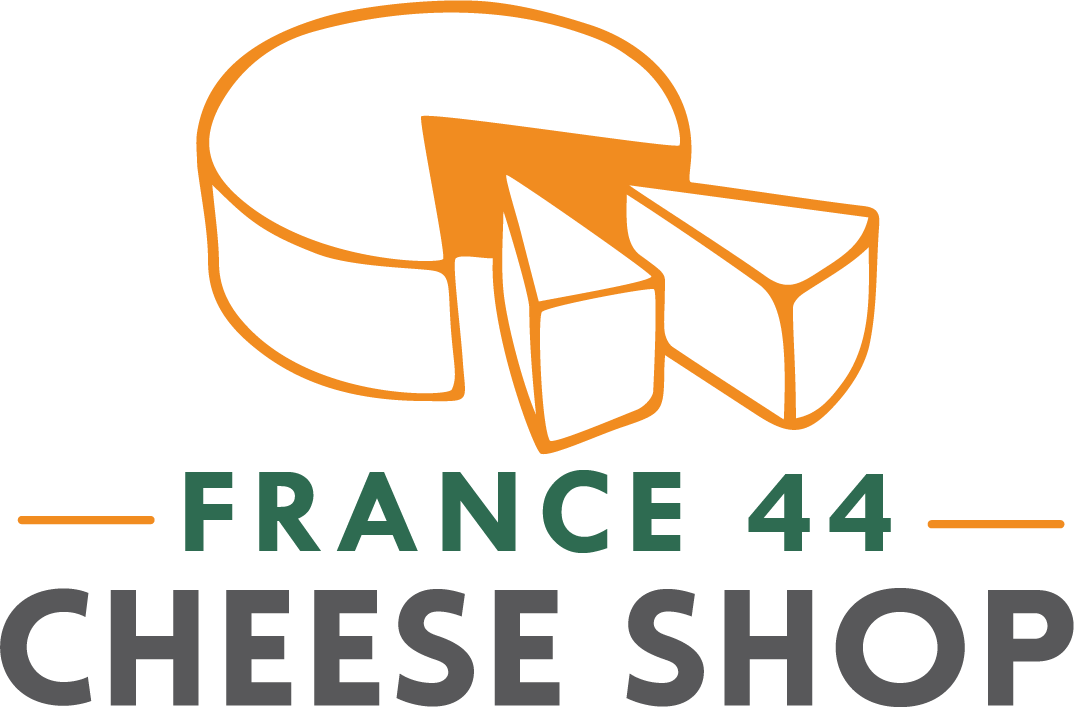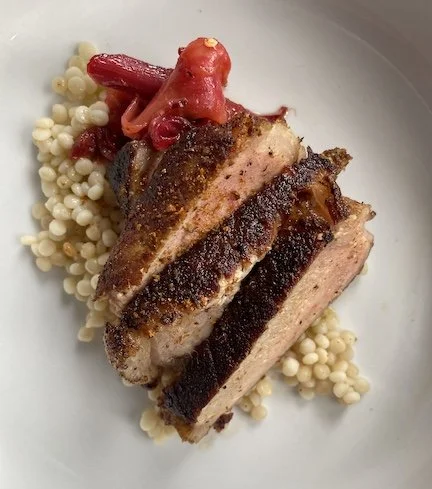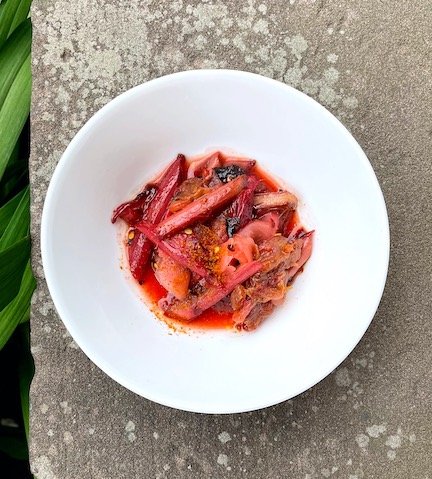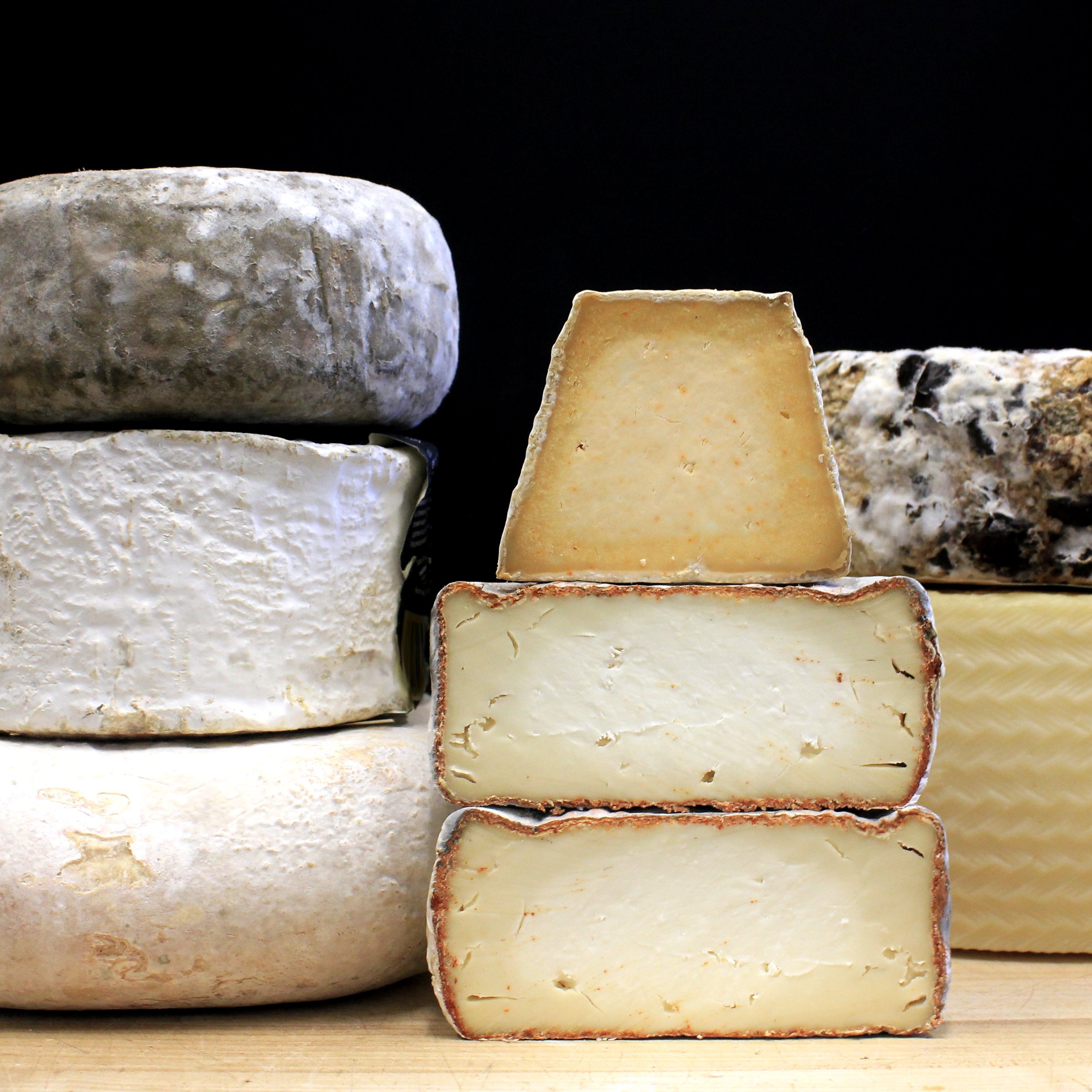by Austin Coe Butler
Spanish cheeses have been historically maligned. English travelers in the 19th century found them dry, dank, and inedible, comparing them to rusks of bread. It didn’t help when decades of brutal dictatorship by Generalissimo Francisco Franco isolated Spain as a pariah state while French and Italian cheese and culture entered international renown. Only in the 90s, after a successful marketing campaign, did Manchego become internationally recognized as and synonymous with Spanish cheese. Spain however has an incredible cheese culture that is more than just Manchego, with well over two-hundred varieties, and despite its obscurity it has thrived in recent years.
Spain’s remarkable cheese culture was saved by the persistence of cheese black markets. Under the Franco regime, dairies producing more than 10,000 liters of milk were required by law to send it to centralized factories that produced Manchego–a cheese which could be easily mass produced–and it became illegal to sell artisan cheese. These cheese black markets would appear in village streets before the sun rose, artisans would sell their cheeses made with purloined milk, and then vanish before any government official could arrive, preserving these traditions into the present moment.
This weekend, we are celebrating Spanish cheeses, so stop by to taste and discover the amazing variety of Spanish cheeses we offer.
Manchego
Manchego is one of the most iconic, sheep’s milk cheeses in the world. Our Manchego comes from the Pasamontes family, who have been making Manchego for five generations. They have consistently been recognized as one of Spain’s best Manchego producers and consistent DOP winners of Premio Gran Selección, Spain’s most prestigious food and wine awards. We sell their 3 month (creamy, nutty, mild), 12 month (firm, salty, tangy), and Romero, which is coated with rosemary from the pasture the sheep graze on, perfuming the cheese.
Garrotxa
I wrote a post on Garrotxa back in September which you can read here. Garrotxa has a remarkable story, and with its mild flavor and semi-firm, smooth texture it is the perfect gateway to goat cheese for the uninitiated.
Mahón
Named after the port city and capitol of the island of Menorca, Mahón is the second most consumed cheese in Spain and one of the oldest cheeses in history. Ancient Greek seafarers praised the cheeses made on the Balearic Islands and often imported it to their colonies. Mahón is a firm cow’s milk cheese that is rubbed with olive oil and paprika while curing. It has a brittle texture with a pleasant Sherry vinegar-like acidity and a briny, mineral flavor befitting of its sun-drenched island home.
La Finca Pascualete Retorta
Torta or retorta style cheeses are one of the most distinct styles of Spanish cheese. These are sheep’s milk cheese that have been coagulated with thistle rennet, which causes the cheese to undergo proteolysis, the process by which proteins in cheese breakdown, in a way that gives it a custardy texture. Cut the top off the crusty rind and scoop out the custardy filling with a spoon for an incomparable experience. It’s been theorized that this cheese descends from the legacy of Sephardic Jews who once lived in Spain before their expulsion from Spain in the 15th century. Kosher law prohibits the mixing of dairy and meat, and if traditional rennet, which is derived from the stomach of a young ruminant, it violates Kosher law.
Moncedillo Red
Similar to torta styles, this is another sheep’s milk cheese coagulated with thistle rennet. Its rind is coated in pimentón, smoked Spanish paprika, that brings a fruity, smoky flavor to the cheese. While the texture is not as custardy as the retorta, it does have a delightfully pliable fudgy texture.
La Cabezuela Tradicional Semi-curado
This semi-firm, goat’s cheese is made from the milk of Guadarrama goats, an endangered breed that only lives in the foothills surrounding the Madrid basin. Juan Luis Royuela fell in love with these goats and their milk and dedicated his quesería La Cabezuela to making cheese solely from their milk, bringing them back from the brink of extinction. The natural bloomy rind tastes of button mushrooms, while the cream line is buttery and mild with a cakey, crumbly center that has all the classic herbaceous, lemony notes one expects from a goat cheese. A definite staff favorite.
Magaya di Sidra
Perhaps the most unique cheese we have in our case at the moment. This firm cow’s milk cheese is packed into barrels and cured with the pulp (magaya) from apple cider pressings—you can see the apple skins and pips on this cheese’s rind. Curing the cheese gives it a delightfully fruity, yeasty flavor and a tartness reminiscent of a dry, unfiltered apple cider.
Rey Silo Rojo
This petite button of cow’s milk cheese has paprika added to the curd which brings them a beautiful sunset glow and a playful, lingering spice. Its flavor bright, tart, tangy, and intense in with a texture that clings to the palate like another famous Spanish cheese, Afeuga’l pitu.
Castanya
Our newest and rarest addition to our Spanish selection. This soft goat’s milk cheese has chestnut flour and chestnut liqueur added to the curd, it is topped with a whole roasted chestnut, and then wrapped in chestnut leaves. The result is a remarkably soft and creamy goat cheese that is by turns spicy, feral, funky, and sweet, which pairs perfectly with a Madeira.





